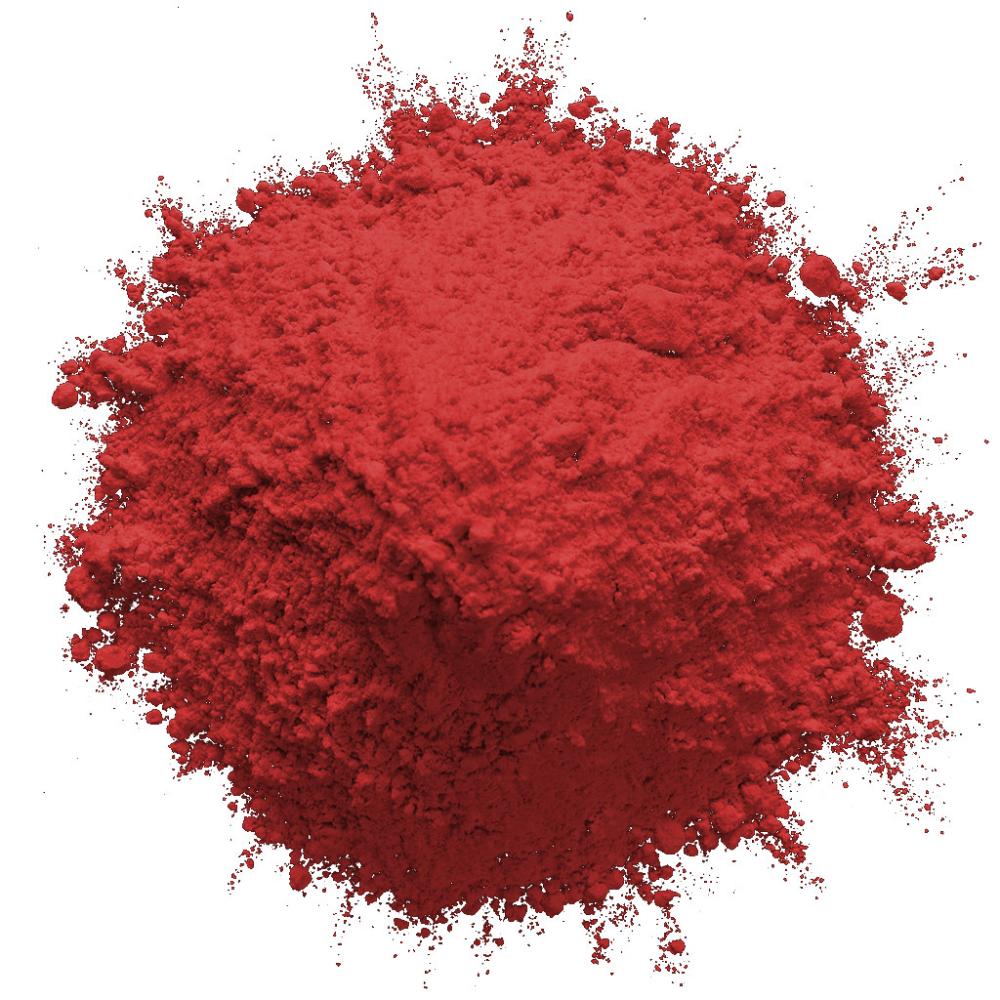Iron Oxide, as a pigment, has been widely utilized by people. Since ancient times, people have used natural iron oxides such as pyrite, brown soil, and loess as pigments. Iron oxide pigments are still the second largest inorganic color pigments in terms of production and sales, second only to
Titanium Dioxide. Iron oxide pigments are divided into two types: natural iron oxide and synthetic iron oxide. Synthetic iron oxide can control the purity, particle size, color, chemical and physical properties of the product according to people's needs. Therefore, synthetic iron oxide gradually replaced natural iron oxide pigments that could only be used as low-end products. Iron oxide pigments have the characteristics of light resistance, weather resistance, high coverage, non toxicity, non color bleeding, low cost, and the ability to form various color tones. The commonly referred to iron oxide pigments mainly refer to iron oxide red, iron oxide yellow, iron oxide brown, and iron black. However, mica iron oxide traditionally used as rust proof material, magnetic iron oxide used as magnetic recording material, iron oxide used for manufacturing ferrites, iron salts used as heat-resistant and rust proof pigments, iron oxide used as animal feed additives and pharmaceuticals, and iron oxide used as industrial catalysts also fall within the scope of iron oxide pigments.
Iron oxide pigments have unique chemical stability and physical properties:
(1) Iron oxide pigments have
ACID and alkali resistance: Iron oxide pigments have resistance to general weak and dilute acids and are very stable in any concentration of alkaline solution.
(2) Iron oxide pigments have certain light resistance, heat resistance, and weather resistance: the coating color of iron oxide pigments is durable and can maintain the coating itself from being damaged in light; Iron oxide pigments are stable within a certain temperature range. Once the temperature exceeds the limit, their color begins to change, and the degree of change becomes more significant with increasing temperature. Iron oxide pigments are not affected by climate conditions such as temperature, humidity, and dryness in the atmosphere.
(3) Iron oxide pigments are very stable in any air environment (such as gases containing H2S, CO, SO2, HCl, NO, etc.). And it has permeability that is resistant to pollution, water, oil, and solvents, and is insoluble in water, mineral oil, and vegetable oil.
(4) Iron oxide pigments have high coloring and covering power: The coloring power of iron oxide pigments is the ability to affect the color of the entire mixture based on their own color. The greater the coloring power, the less pigment used, which can reduce costs. The coloring power is related to the characteristics and particle size of the pigment itself. Generally speaking, the smaller the particle size, the greater the coloring power. The covering power of iron oxide pigments refers to the ability of pigments to cover the surface of the coated material, preventing it from being exposed through the paint film.
Iron oxide pigments have a clear and pure color, although not as dazzling as some
Organic Pigments, their tone has its unique style, soft, solemn, and pleasing to the eye.
Iron oxide pigments have stable performance, are non-toxic, odorless, tasteless, not absorbed by the human body, have no side effects, are non oil permeable, do not damage the skin, have stable color, and can be stored for a long time. Therefore, it is widely used in coatings, paints, building materials, medicine, food, cosmetics, and cosmetic oil coloring.
The iron oxide pigments used in coatings mainly include iron oxide yellow, iron red, iron brown, iron black, mica iron oxide pigments, transparent iron yellow, transparent iron red, and semi transparent iron oxide products.
The
Iron Oxide Pigment used in cement building materials has a beautiful and long-lasting color tone, and can withstand strong sunlight exposure and climate changes, as well as alkali and mortar resistance. Iron oxide pigments are widely used as primers and topcoats for various outdoor paints, transportation paints, and metal rust prevention due to their excellent dispersibility, corrosion resistance, and low cost.
Iron oxide pigments have a significant covering force on rubber products, which can prevent aging of rubber products. Rubber products coated with iron oxide pigments can be used on various inner tubes, pipe fittings, leather, leather bags, wires, and waterproof raincoats.
Iron oxide molecular particles are small and uniform, with a larger surface area, and can be used as chemical catalysts; It can also be used for polishing glass products and glass hardware.



